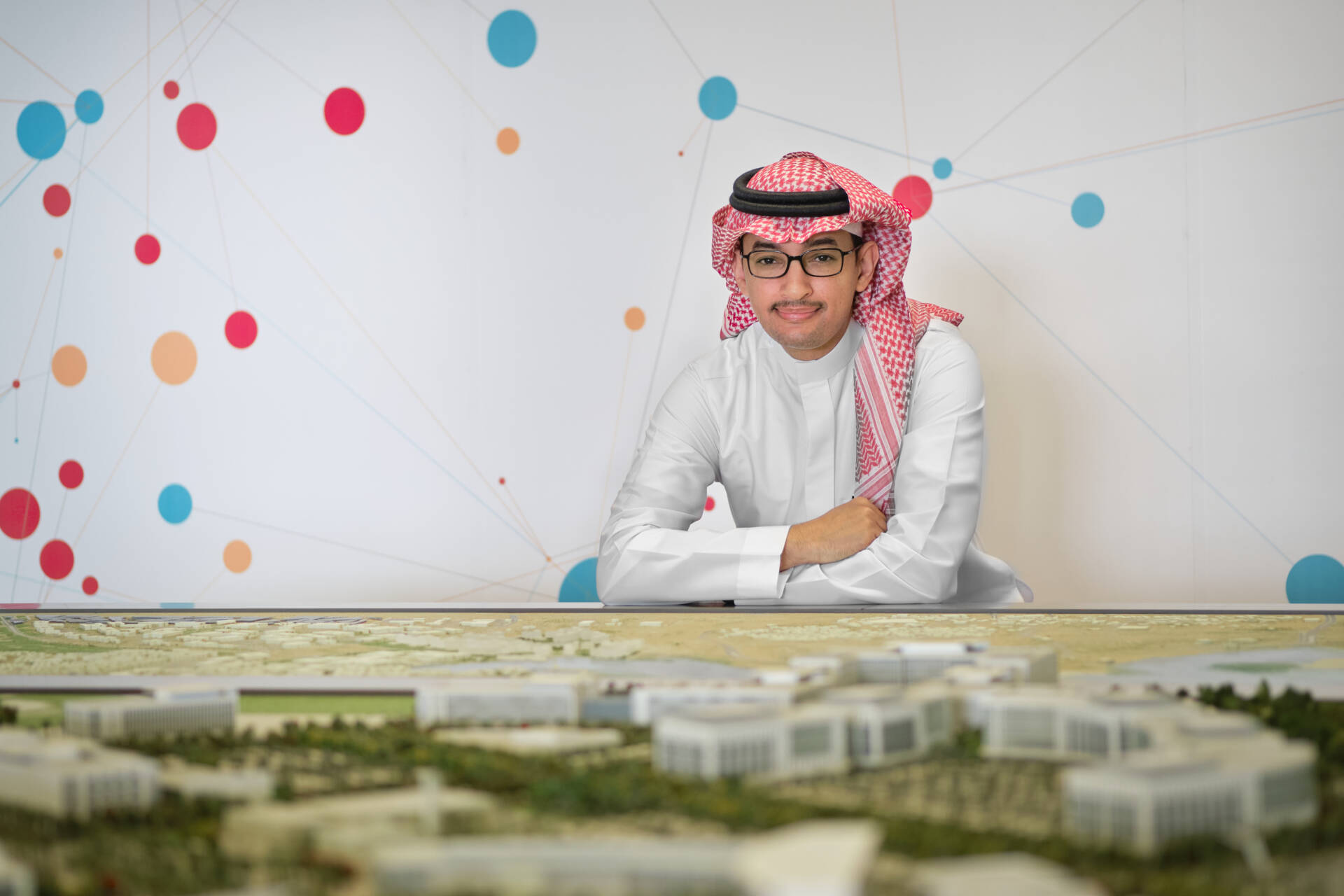Urban sustainability is a key priority for Saudi Arabia. Around 85 percent of the nation’s population lives in a city, making it one of the top 50 most urbanized countries in the world.
Addressing urban sustainability in a changing climate is a key priority for environmental scientist Sami G. Al-Ghamdi, who joined KAUST’s Climate and Livability Initiative in November 2022.
Al-Ghamdi applies a multidisciplinary lens to chart and model the complexity of cities and how they use resources, with the goal of making them sustainable for people and the planet.
The sustainability and resiliency assessments of Al-Ghamdi’s research supports Saudi Arabia’s ambitious Vision 2030, particularly for the country’s urban gigaprojects such as NEOM. A revolutionary zero-carbon zone under construction in the northwest of the country, NEOM includes an industrial complex, a trade hub, several resorts and “The Line,” a linear city that will eventually support more than nine million residents.
“The sustainability and resiliency assessments of Al-Ghamdi’s research supports Saudi Arabia’s ambitious Vision 2030.”
“NEOM is the crown jewel and our biggest sustainability project, but our vision is to change the whole country,” says Al-Ghamdi. “We’re building strong connections for sustainability, resiliency and livability,” he says.
Saudi Arabia is also working on Saudi Downtown, a project that involves 13 community developments in cities across the nation, each with sustainable low-carbon housing, parks, schools, mosques, and retail and entertainment facilities.
Seeking city sustainability from beginning to end
Al-Ghamdi says that working on visionary projects of this scale is a dream come true. “Since I was a child, I’ve been passionate about cities and buildings and how they can be improved. Whenever I could, I made cities and buildings the subject of my high school projects,” he says.
With degrees in architecture and building science, and civil and construction engineering and environmental engineering, Al-Ghamdi investigates how built environments can mitigate climate change while optimizing how energy, water and materials are consumed.
Al-Ghamdi’s current research involves developing computational models to assess the environmental impact of aspects of the built environment (transportation, water, energy, materials and indoor environments), including their potential contribution to climate change.
These models cover broad-scale assessments of urban ecosystems and connectivity to deliver lifecycle assessments that are key to project sustainably.
“We can model the total impact each project will have on the environment, from its contribution to climate change, to ozone depletion, ocean acidification or water eutrophication,” Al-Ghamdi explains. “To do this, we start at a larger scale in each environmental category and work backward.”
Modeling every component
“This very challenging process is complex and draws on massive international databases that deliver lifecycle information about every single component used in these projects,” explains Al-Ghamdi.
For example, to assess the life cycle of concrete, every stage of the cement supply chain needs to be modeled. This starts by modeling the extraction, manufacture and delivery of the material, and continues by modeling the manufacture of the concrete, the use of the concrete and what happens to the concrete structure at the end of its life. The same process is repeated for each of the components of concrete.
“Even modeling the environmental impact of water used to make concrete is complex,” he says, “because every liter of desalinated water involves several intricate processes that each come with an environmental impact. Each item is modeled so we can deliver very specific assessments, such as identifying that one cubic meter of concrete is responsible for a quantifiable amount of environmental damage.”
“Having this information allows designers and builders to evaluate alternatives and make sustainability decisions on a very informed basis,” he says. “It helps researchers who are exploring sustainable alternative building materials and water and energy sources to assess the viability of their work and its real-world applications.”
“It helps researchers who are exploring sustainable alternative building materials and water and energy sources to assess the viability of their work and its real-world applications.”
For example, fly ash, a waste product from coal combustion, can be used to replace cement in concrete. By reusing it, we can prevent the addition of toxic compounds to landfills. “By calculating the impact of using fly ash rather than cement to make concrete, we can provide valuable information to decision makers,” he says.
Al-Ghamdi’s research group includes two teams: one that runs lifecycle assessments to focus on understanding the impact of the built environment on the environment, and a second that runs a computer-driven climate model to assess the resiliency of the building process.
“We run different scenarios and plan for the worst. For example, because the water we use comes from the sea, we anticipate conditions of high salinity, rising sea and algae blooms, and then we build the capacity to absorb and respond to this conditions into the model.”

